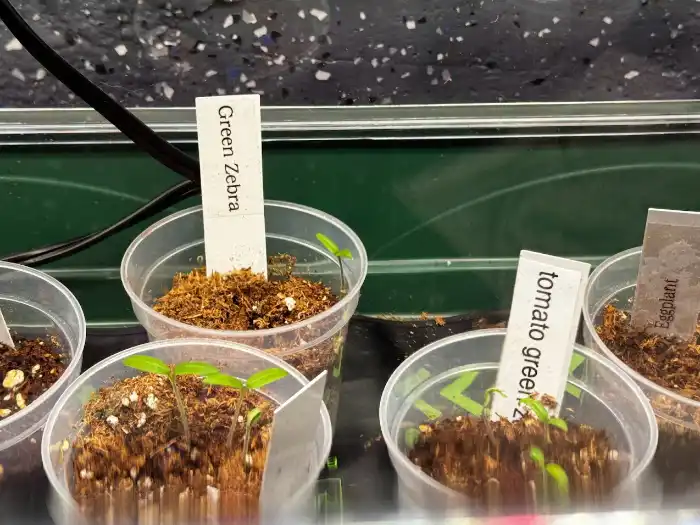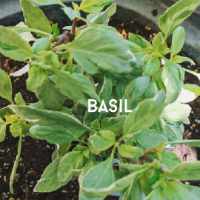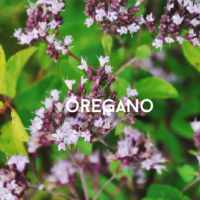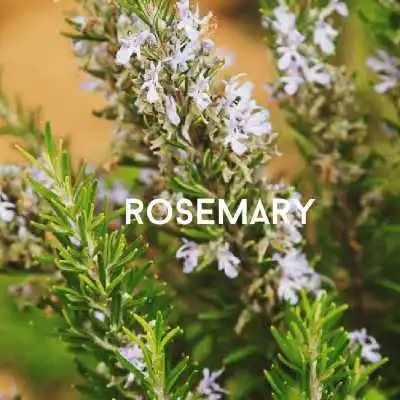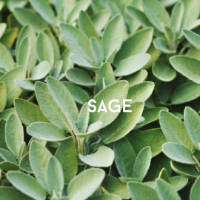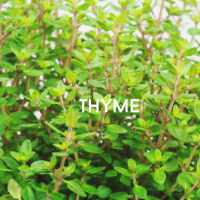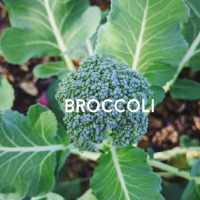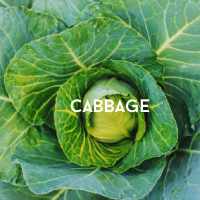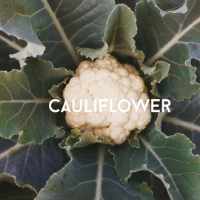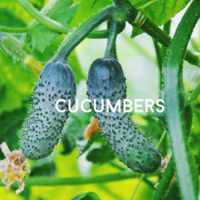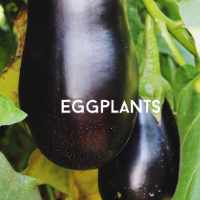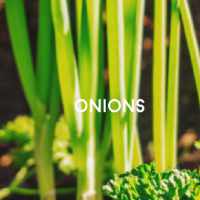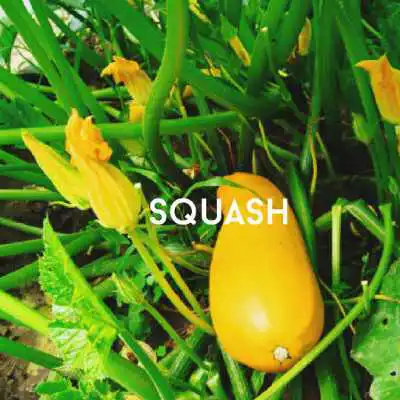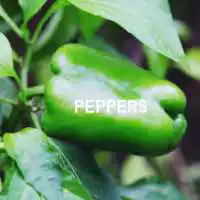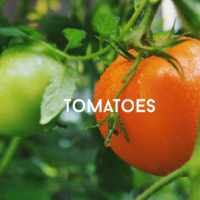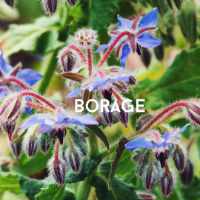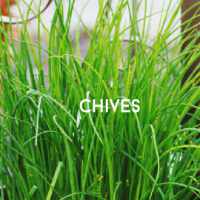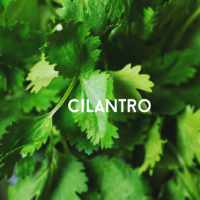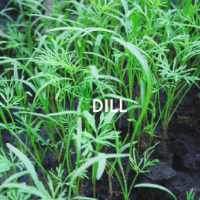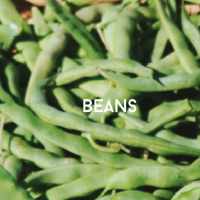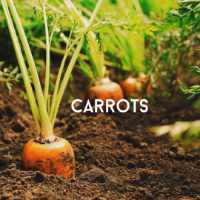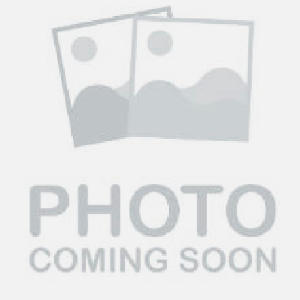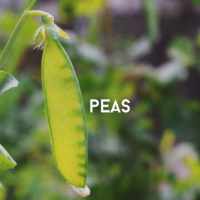Is it better to transplant your sow seeds directly in the ground? Some plants thrive when started indoors and then transplanted, while others prefer to begin their life cycle directly in the soil where they’ll grow. Find out which herbs, vegetables and flowers to direct sow and which one can benefit from transplanting.
The post may contain affiliate links. If you purchase after clicking an affiliate link we may receive small commission at no cost to you. As an Amazon Associate I earn from qualifying purchases. Please read our disclosure policies.
Direct Sow or Transplant- Which Should You Choose?
One of the first decisions you’ll make when planning your garden is whether to start your vegetables, herbs or flowers indoors and transplant them later, purchase transplants at your local garden center, or to sow the seeds directly into the ground.
Some plants are more delicate and don’t handle being moved very well, while others benefit from the head start that indoor sowing can provide. Factors like cost, time, your local climate, the type of plant and the growing season all play a role in this decision.
Reasons to Direct Sow
Some plants are more likely to thrive if the seeds are directly sowed in the ground. If you prefer a more hands-off approach, direct sowing might be the better choice.
Cost
Buying seeds is cheaper than purchasing transplants from your local garden center.
Root Sensitivity
Some flowers have delicate root systems, making them trickier to transplant. For example, Sweet peas’ long taproots are delicate. If you choose to transplant them it’s important to handle them carefully to avoid root damage.
Solution: Use biodegradable pots that can be planted directly into the soil can help minimize transplant shock.
Simplicity
Direct sowing is simple. It requires less time and effort. You just plant the seeds in their final location and let nature take its course.
Seeding Square
Seed Spacer Tool for Maximum Harvest, Organized Plants & Less Weeds.Seed-spacing template
Reasons to Transplant
Some plants thrive more if they are transplanted. If you enjoy nurturing seedlings and want to extend your growing season, transplanting can be very rewarding. If your soil isn’t ideal, starting seeds indoors may give your plants a better start before moving them to the garden.
Faster
Purchasing transplants from your local gardening center is faster than planting seeds and waiting for them to grow. So for convenience sake you may want to purchase transplants.
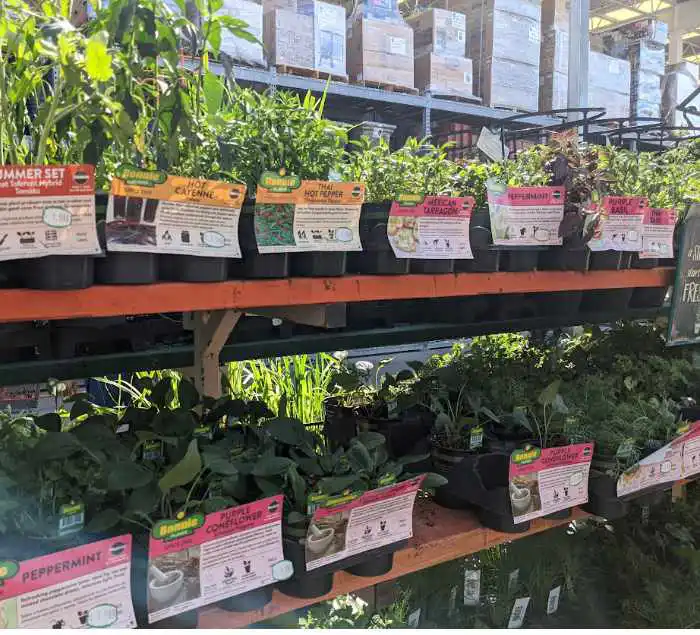
Early Start
Choosing transplants from you local garden center or planting seeds indoors give your plants an early start. If the outdoor weather isn’t idea or you’re excited to start planting transplanting is especially beneficial in areas with shorter growing seasons. For example, here in Phoenix we have a short growing season for tomatoes. It is really helpful to choose transplants versus direct sow.
Controlled Environment
Indoors, you can control the temperature, moisture, and light, providing a stable environment for germination and early growth. Planting ahead of time indoors gives you the opportunity to watch as the seed sprouts.
Stronger Plants
Starting plants indoors may result in stronger plants because the roots have more time to develop before facing outdoor challenges.
Domed Propagator
This is my personal favorite seed propagator. Perfect for starting your seeds indoors. Heavy duty domed propagator has humidity controls.
Arizona’s Gardening Climate
Your local climate plays a big role in determining the best planting method. For example, Phoenix and Tucson have long hot summers and short mild winters. Flagstaff and Prescott have a short summer season.
Low Desert Areas
The low desert areas, like Phoenix and Yuma, experience long, hot summers and mild winters, with a growing season that typically spans from early spring to late fall. The relatively mild winters allow for extended gardening, though summer heat can be intense.
High Desert Areas
The high desert areas, like Flagstaff or Prescott, have a shorter growing season due to cooler temperatures, shorter frost-free periods, and a higher likelihood of frost in spring and fall. In these regions, the growing season typically spans from late spring to early fall.
Overall, while Arizona’s lower elevations generally offer a long growing season, higher elevations in the state experience shorter growing periods due to cooler temperatures and frost risks.
The Best Plant Varieties to Transplant
Starting plants by seed indoors allows the flower to develp strong root systems and become well-established before planting outside. It
Transplanting allows you to control the temperature and moisture during their early growth, ensuring strong root development and earlier blooms.
Determining which vegetable, herb and flower varieties to transplant and which should be sown directly in the soil can make a big difference in your garden’s success.
Herbs to Transplant
Some herbs grow best when started indoors because they need warm, steady conditions to sprout and develop well. By transplanting them later, you give these herbs a strong start, making sure they’re healthy and ready to handle outdoor challenges like changing temperatures and pests. Herbs that do best as transplants include: basil, oregano, parsley, rosemary, sage, and thyme.
Vegetables to Transplant
Vegetables that do best as transplants benefit from an early indoor start because they require a longer growing season and warm temperatures to thrive. Transplanting allows you to control their early growth environment, ensure they develop strong roots and are less vulnerable to pests and fluctuating outdoor conditions. Vegetables that do best as transplants include: Broccoli, cabbage, cauliflower, cucumbers, eggplants, onions, squash, peppers, tomatoes, tomatillos, and zucchini.
Flowers to Transplant
Flowers that do best as transplants include petunias, impatiens, snapdragons, and marigolds. These flowers can benefit from an early indoor start because they require a longer growing season or are sensitive to outdoor conditions.
The Best Plant Varieties for Direct Sow
Determining which vegetable, herb and flower varieties should be sown directly in the soil can make a big difference in your garden’s success.
Herbs to Direct Sow
Herbs that do best when direct sown include cilantro, dill, chives, borage, and nasturtium. These herbs typically have robust, resilient seeds that handle outdoor conditions well and can germinate effectively in the garden soil.
Cilantro and dill are fast-growing and don’t mind cooler soil temperatures, making direct sowing a convenient option. Chives are perennial and establish quickly from seed, thriving in various soil conditions. Borage and nasturtium are both hardy and can handle the fluctuations of outdoor weather, making them ideal for direct sowing.
Vegetables to Direct Sow
Some vegetables that do best when direct sown include carrots, radishes, spinach, turnips, parsnips, corn, beans, and peas.
These vegetables have fast germination rates, develop strong root systems, and generally don’t transplant well due to delicate or extensive root structures.
Flowers to Direct Sow
Sunflowers and cosmos grow quickly and can handle variations in soil and weather, making them ideal for direct sowing. Poppies and nasturtiums have seeds that benefit from exposure to outdoor conditions and can be directly sown into the soil where they’ll flower without the stress of transplanting. Calendula is hardy and thrives when sown directly, often continuing to self-seed and provide blooms throughout the season. Asters are another flower that do best as direct sow.
Decide What’s Best for You
In gardening, there’s often no one-size-fits-all answer, and this applies to whether you should transplant or direct sow. How to decide what’s best for you:
- Understand the needs of your plants.
- Know your local weather conditions.
- Determine your personal gardening style.
Happy Gardening!
